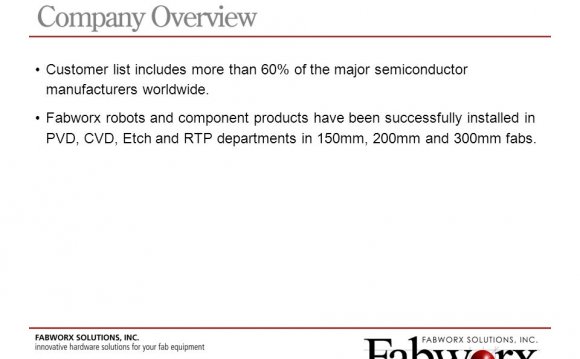
There are many different types of semiconductor material.
These different types of semiconductor have slightly different properties and lend themselves to different applications in various forms of semiconductor devices.
Some may be applicable for standard signal applications, others for high frequency amplifiers, while other types may be applicable for power applications and harsh environments or others for light emitting applications. All these different applications tend to utilise different types of semiconductor materials.
Semiconductors types / classifications
There are two basic groups or classifications that can be used to define the different semiconductor types:
Intrinsic material: An intrinsic type of semiconductor material made to be very pure chemically. As a result it possesses a very low conductivity level having very few number of charge carriers, namely holes and electrons, which it possesses in equal quantities.
Extrinsic material: Extrinisc types of semiconductor are those where a small amount of impurity has been added to the basic intrinsic material. This 'doping' uses an element from a different periodic table group and in this way it will either have more or less electrons in the valence band than the semiconductor itself. This creates either an excess or shortage of electrons. In this way two types of semiconductor are available: Electrons are negatively charged carriers.
N-type: An N-type semiconductor material has an excess of electrons. In this way, free electrons are available within the lattices and their overall movement in one direction under the influence of a potential difference results in an electric current flow. This in an N-type semiconductor, the charge carriers are electrons.
P-type: In a P-type semiconductor material there is a shortage of electrons, i.e. there are 'holes' in the crystal lattice. Electrons may move from one empty position to another and in this case it can be considered that the holes are moving. This can happen under the influence of a potential difference and the holes can be seen to flow in one direction resulting in an electric current flow. It is actually harder for holes to move than for free electrons to move and therefore the mobility of holes is less than that of free electrons. Holes are positively charged carriers.
Semiconductor material groups
Most commonly used semiconductor materials are crystalline inorganic solids. These materials are often classified according to their position or group within the periodic table. These groups are determined by the electrons in the outer orbit the particular elements.
While most semiconductor materials used are inorganic, a growing number of organic materials are also being investigated and used.
Semiconductor materials list
There are many different types of semiconductor materials that can be used within electronic devices. Each has its own advantages, disadvantages and areas where it can be used to offer the optimum performance.
Source: www.radio-electronics.com
RELATED VIDEO
Lecture - 1 Semiconductors
GATE 1995 ECE Extrinsic semiconductor, resistivity and ...
Mod-01 Lec-08 Extrinsic semiconductors - conductivity